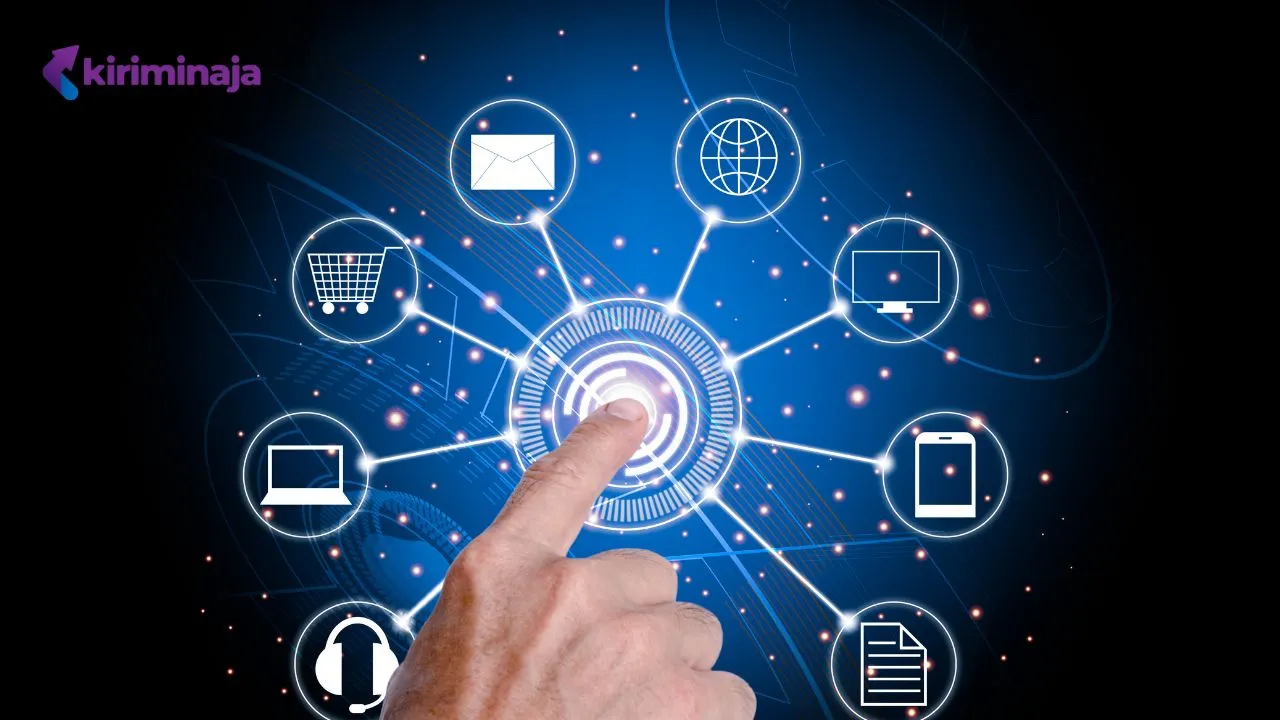Understanding Hard Drive Recovery Costs: What You Need to Know
When your hard drive fails, the first thing that comes to mind is likely the cost of recovery. Hard drive recovery is a specialized service that can vary significantly in price depending on several factors. Understanding these costs can help you make an informed decision and prepare for any financial implications.
Factors Influencing Hard Drive Recovery Costs
Several variables can affect the cost of hard drive recovery. Key factors include:
- Type of Failure: The nature of the hard drive failure greatly impacts the cost. Logical failures, such as file corruption or accidental deletion, are generally less expensive to recover compared to physical failures, like damaged read/write heads or platters.
- Drive Condition: The physical condition of the drive can influence recovery costs. Drives that have experienced severe damage, such as water or fire damage, may require extensive repair and recovery procedures, increasing the overall cost.
- Data Volume: The amount of data that needs to be recovered can also affect pricing. Larger volumes of data require more time and resources to recover, which can raise the cost.
- Service Provider: Different recovery service providers have varying pricing structures. It’s essential to choose a reputable provider who offers transparent pricing and high-quality service.
Cost Breakdown of Hard Drive Recovery Services
Hard drive recovery costs can be broken down into several categories:
- Diagnostic Fees: Many service providers charge a diagnostic fee to assess the extent of the damage and determine the recovery process. This fee is often applied towards the final recovery cost if you proceed with their services.
- Recovery Fees: The primary cost associated with hard drive recovery is the fee for the actual data recovery process. This fee can vary based on the factors mentioned earlier, such as the type of failure and the amount of data.
- Additional Costs: There may be additional costs for expedited services, data transfer, or the creation of a new storage device. Ensure you understand all potential costs upfront to avoid unexpected expenses.
Average Costs of Hard Drive Recovery
While costs can vary widely, the following are general estimates for hard drive recovery services:
- Logical Failures: Recovery from logical failures typically ranges from $100 to $500. This includes situations such as deleted files or corrupted partitions.
- Physical Failures: Recoveries involving physical damage can range from $500 to $2,000 or more. These cases often require specialized equipment and cleanroom facilities.
- Expedited Services: If you need urgent recovery, expedited services can cost an additional 50% to 100% of the standard fee.
How to Choose the Right Recovery Service
Selecting the right hard drive recovery service is crucial. Here are some tips:
- Research Providers: Look for providers with a proven track record and positive customer reviews. Check if they offer free diagnostics or transparent pricing.
- Ask for a Quote: Request a detailed quote before committing to the service. This should include diagnostic fees, recovery costs, and any additional charges.
- Consider Expertise: Choose a provider with expertise in handling











